
-
Find the right food for your petTake this quiz to see which food may be the best for your furry friend.Find the right food for your petTake this quiz to see which food may be the best for your furry friend.Featured products
 Adult 7+ Small & Mini Chicken & Brown Rice Recipe Dog Food
Adult 7+ Small & Mini Chicken & Brown Rice Recipe Dog FoodFor the unique nutritional needs of mature Small & Mini dogs
Shop Now Adult Small & Mini Lamb Meal & Brown Rice Recipe Dog Food
Adult Small & Mini Lamb Meal & Brown Rice Recipe Dog FoodFor the faster metabolism of Small & Mini dogs
Shop Now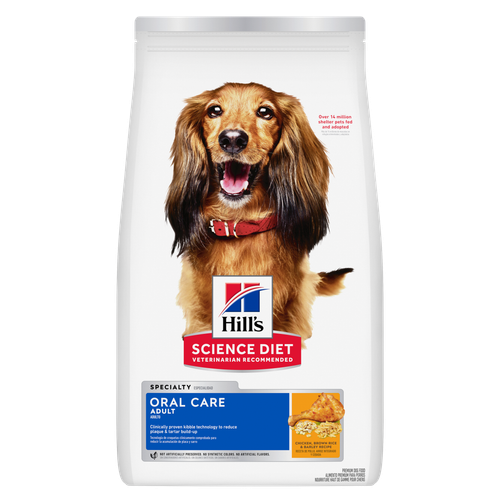 Hill's Science Diet Adult Oral Care Chicken, Brown Rice & Barley Recipe Dog Food
Hill's Science Diet Adult Oral Care Chicken, Brown Rice & Barley Recipe Dog FoodClinically proven kibble technology to reduce plaque & tartar build-up
Shop NowFeatured products Adult Indoor Chicken Recipe Cat Food
Adult Indoor Chicken Recipe Cat FoodSupports energy level and beautiful fur in indoor cats
Shop Now Hill's Science Diet Adult Sensitive Stomach & Skin Dog Food
Hill's Science Diet Adult Sensitive Stomach & Skin Dog FoodHighly digestible recipe, gentle on stomachs. Nourishes skin & promotes a lustrous coat
Shop Now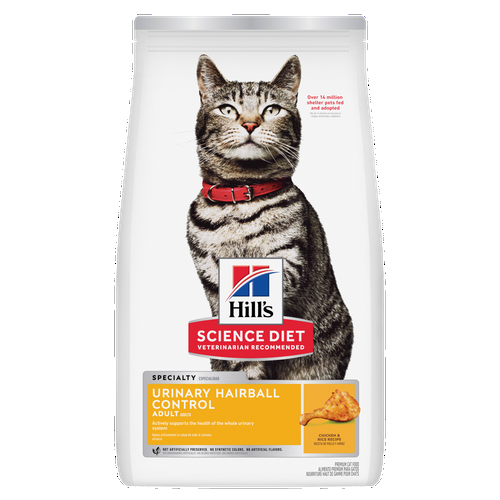 Adult Urinary Hairball Control Chicken & Rice Recipe Cat Food
Adult Urinary Hairball Control Chicken & Rice Recipe Cat FoodActively supports the health of the whole urinary system
Shop Now -
Featured articles
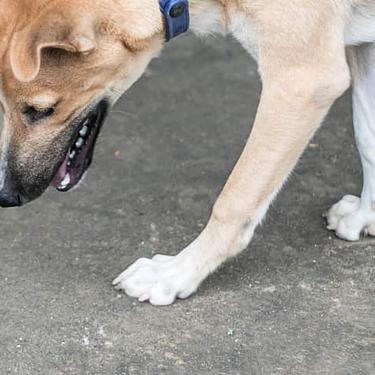 My Pet Ate a Lizard — What Should I Do?
My Pet Ate a Lizard — What Should I Do?Learn what to do if your pet eats a lizard, including whether they can be toxic and symptoms to keep an eye on when they've swallowed one.
Read More Easy DIY Dog & Cat Toys: Nine of Our Favorites
Easy DIY Dog & Cat Toys: Nine of Our FavoritesBrowse this comprehensive guide for several of our favorite DIY dog and cat toys that are sure to put a little pep in your pet's step.
Read More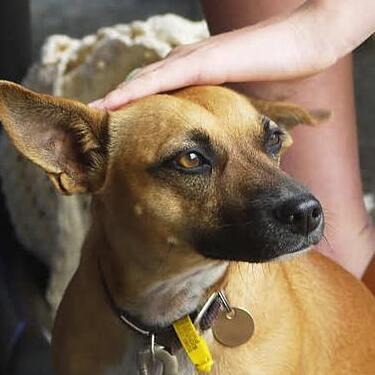 15 Pet-Friendly Cities Ideal for a US Road Trip
15 Pet-Friendly Cities Ideal for a US Road TripCheck out our list of pet-friendly U.S. cities that are excellent travel options, offering off-leash dog parks and pet-friendly restaurants & hotels.
Read More -


If you've ever seen a dog chow down on the contents of an overturned trash can, you might be tempted to think all dogs have iron stomachs. The reality, however, is that dogs can be sensitive to what they eat and changing dog food abruptly can cause nausea, soft stool and loss of appetite.
Whether you just brought home a new pup or you need to switch your existing dog's food, here's how to do it without causing them discomfort.
Keeping Your New Dog on Their Current Food
If you just adopted a new dog, remember that this can be a stressful time. To minimize the number of changes they'll need to adjust to, for the first week or so, stick with the same food they were eating before you adopted them. This may help them feel more at home in their new digs — which is just as good for their emotional health as it is for their digestion.
Find out as much information about your dog's meals as you can from the shelter or previous pet parent, including the brand and type of food and how much and how often they were fed. Ideally, the shelter will provide you with enough food for your pup's first week. If not, pick up a small bag before bringing your dog home. Once they seem comfortable in their new environment, you can gradually transition their food to your preferred option.
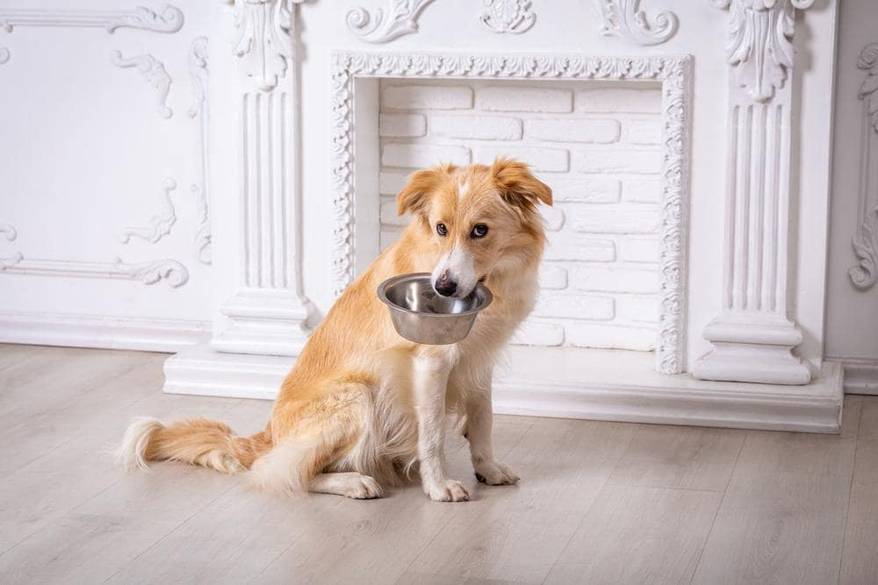
Switching Your Dog's Food Gradually
While especially important for new dogs, any transition between dog foods should be handled gradually. Abrupt changes may result in gastrointestinal disturbances, which can compromise your dog's health and comfort. To avoid this, slowly transition your dog to any new food over a period of several days. A good rule of thumb is to add a little more of the new food while reducing the old food over the course of a week. Follow this general guideline when changing dog food:
Days 1-2: Mix 25% of the new food with 75% of the old.
Days 3-4: Mix 50% of the new food with 50% of the old.
Days 5-6: Mix 75% of the new food with 25% of the old.
Day 7 and onward: Feed your dog 100% new food.
Monitoring Your Dog During the Transition
Keep a close eye on your dog's response to their new food during the transition period. In addition to signs of stomach upset, such as vomiting or rejecting the new food, monitor their stool. If it appears runny or abnormally soft, return to a recent old-to-new ratio that did not upset their stomach and make smaller incremental changes, extending the transition period to two weeks. If their signs still don't resolve, contact your veterinarian.


Tasty Tips
What to Do if Your Dog Doesn't Tolerate a New Food
In some cases, a dog may not tolerate a new food no matter how slowly you go, and that's OK. They may not like the taste or texture of their new dog food, or they might have an allergy or intolerance to one of the formula's ingredients. Your vet can help you determine whether this might be the case and recommend a solution. In the meantime, stop feeding your dog the new food entirely and shift them back to what they were eating before the transition.
In these situations, it's always best to reach out to your vet for advice. They may recommend bringing your dog in for a checkup to rule out any underlying health concerns.
Plan B: Transitioning Dog Food Quickly
What if your new dog's previous food is unknown to you, it's on recall or you simply can't get your hands on it? In these cases, introduce your dog to their new food slowly by feeding them small meals every four to six hours, keeping an eye out for signs of trouble in between meals.
Making Food Changes Easy
Your dog's nutritional requirements will change over time, and you shouldn't be afraid to update their formula to ensure they're getting what they need. By slowly transitioning your dog to new foods, you can avoid stomach issues commonly associated with abrupt food changes and make the change easier on you and your canine companion. Always make sure to provide access to fresh, clean water as well, and don't hesitate to contact your vet for additional guidance.


Dr. Sarah Wooten graduated from UC Davis School of Veterinary Medicine in 2002. A member of the American Society of Veterinary Journalists, Dr. Wooten divides her professional time between small animal practice in Greeley, Colorado, public speaking on associate issues, leadership, and client communication, and writing. She enjoys camping with her family, skiing, SCUBA, and participating in triathlons.
Related products

For the unique nutritional needs of mature Small & Mini dogs

For the faster metabolism of Small & Mini dogs

Improves everyday ability to get up & go

Clinically proven kibble technology to reduce plaque & tartar build-up
Related articles
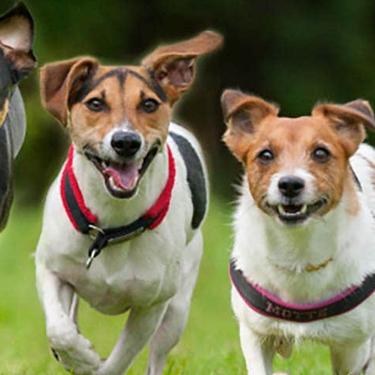
Understand the role that Omega-6 and Omega-3 fatty acids play in your dog's overall health, and how you can ensure they are getting enough.

Discover how the field of dog science is giving us more and more insights into the inner workings of our furry best friends.

Your dog's coat and skin are a big part of your dog's overall health. Ensure you keep your dog's coat healthy, by following these simple tips.

Learn basic steps & precautions for treating a cut on your dog, including what you can put on the cut, and when you should take them to the vet.
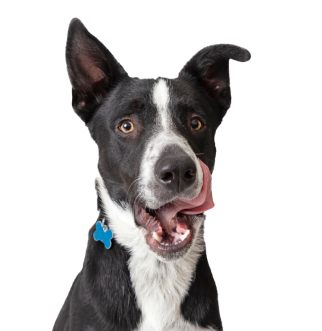
Put your dog on a diet without them knowing
Our low calorie formula helps you control your dog's weight. It's packed with high-quality protein for building lean muscles, and made with purposeful ingredients for a flavorful, nutritious meal. Clinically proven antioxidants, Vitamin C+E, help promote a healthy immune system.
Put your dog on a diet without them knowing
Our low calorie formula helps you control your dog's weight. It's packed with high-quality protein for building lean muscles, and made with purposeful ingredients for a flavorful, nutritious meal. Clinically proven antioxidants, Vitamin C+E, help promote a healthy immune system.

